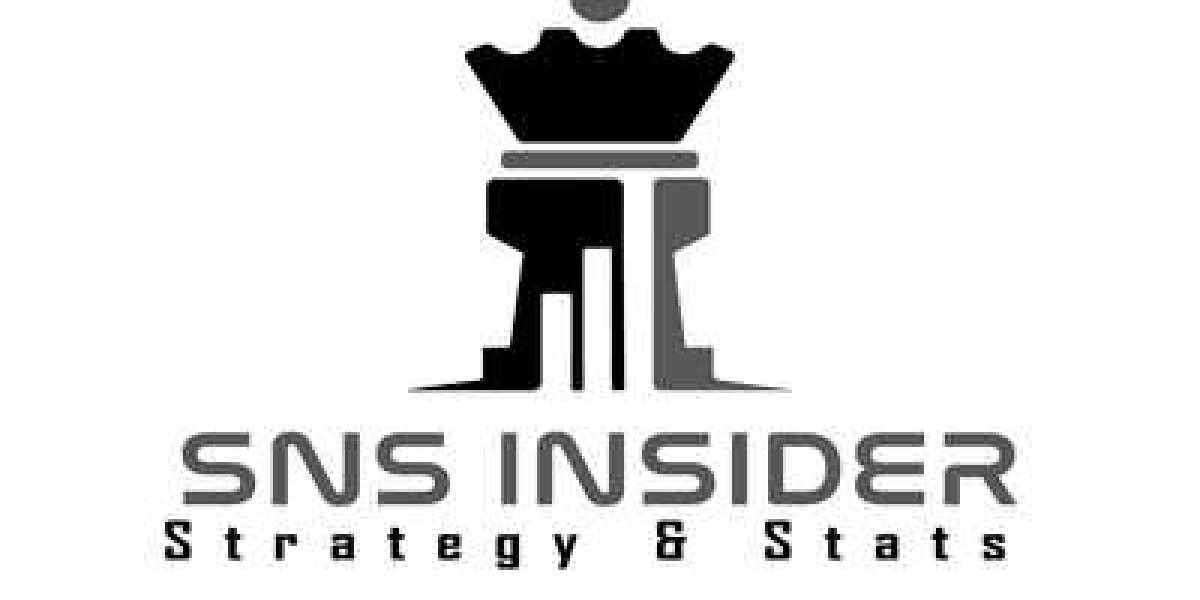In today’s digital age, chatbots are revolutionizing the way businesses interact with their customers. Did you know that by 2024, chatbots are expected to handle 85% of customer service interactions? This guide will walk you through the essentials of chatbot development, from understanding their types to implementing best practices.
1. Understanding Chatbots
Chatbots are software applications designed to simulate human conversation. They come in two main types: rule-based and AI-based. Rule-based chatbot development services follow predefined paths, while AI-based chatbots use machine learning to understand and respond to user inputs more flexibly.
Use Cases: Chatbots are versatile tools used in various industries. They can handle customer service inquiries, assist in lead generation, and even act as personal assistants, making them invaluable for businesses looking to enhance user engagement.
2. Key Components of Chatbot Development
Developing a chatbot involves several critical components:
- Natural Language Processing (NLP): NLP enables chatbots to understand and process human language, making interactions more natural and intuitive.
- Machine Learning: This allows chatbots to learn from interactions and improve their responses over time.
- User Interface (UI): A user-friendly interface ensures that users can interact with the chatbot effortlessly.
3. Steps to Develop a Chatbot
Creating a chatbot involves a series of well-defined steps:
- Define Purpose and Scope: Start by identifying the problem your chatbot will solve and its target audience.
- Choose the Right Technology Stack: Select the appropriate programming languages, frameworks, and NLP tools. Popular choices include Python, TensorFlow, and Dialogflow.
- Design the Conversation Flow: Plan the interaction paths your chatbot will follow to ensure smooth and logical conversations.
- Develop and Train the Chatbot: Write the code and train your chatbot using relevant datasets to enhance its understanding and responses.
- Test and Deploy: Thoroughly test your chatbot to ensure it functions as expected before deploying it on your chosen platform, whether it’s a website, app, or social media.
4. Best Practices
To ensure your chatbot is effective and user-friendly, follow these best practices:
- User-Centric Design: Focus on creating a seamless user experience by making interactions intuitive and engaging.
- Continuous Improvement: Regularly update and improve your chatbot based on user feedback and performance metrics.
- Security and Privacy: Protect user data by implementing robust security measures and adhering to privacy regulations.
5. Future Trends in Chatbot Development
The future of chatbot development is promising, with several exciting trends on the horizon:
- AI and Machine Learning Advancements: As AI and machine learning technologies evolve, chatbots will become even more sophisticated and capable.
- Integration with IoT: Chatbots will increasingly interact with smart devices, offering more integrated and convenient user experiences.
- Voice-Activated Chatbots: The popularity of voice-activated assistants like Alexa and Google Assistant is growing, paving the way for more voice-activated chatbots.
Conclusion
Chatbots are transforming the way businesses interact with their customers, offering efficient and personalized experiences. By understanding the key components and best practices of chatbot development, you can create a chatbot that not only meets your business needs but also delights your users. So, why wait? Start your chatbot development journey today and stay ahead of the curve!








